French Gardens: Top of the Paris Crop
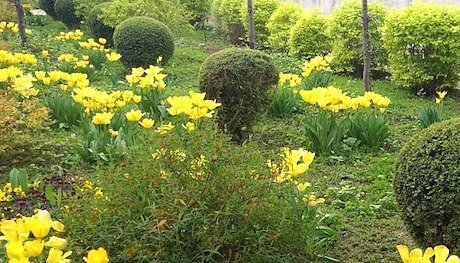
Mon 12 May 2014
With its long heritage of magnificent formal French gardens, Paris has a more eco-friendly generation of urban garden design, which is happily being given the space as well as the funding in the capital. These creations follow in the traces of the renowned master of French gardens, André Le Nôtre, and his later disciple Achille Duchêne, who interestingly was also the issue of a dynasty of garden landscapers. As in the past, water remains the best companion of any garden, therefore an interesting Paris trip variation to consider would be the many noteworthy gardens along the banks of the river Seine.
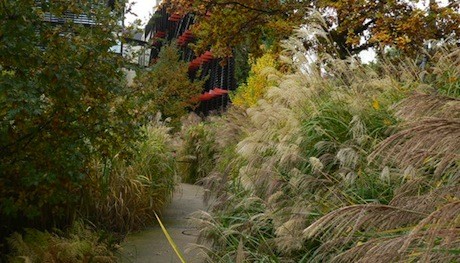
Swaths of grass at the Musée du Quai Branly.
Just a few meters from the Eiffel Tower, at the Musée du Quai Branly, is the first of the crop of these urban gardens. The controversial building designed by the architect Jean Nouvel was opened to the public in 2006. The structure is perched on stilts above a vast garden, making it rather than the building a priority. There are two very distinct visions of a garden here: the horizontal and the vertical. Designed by Patrick Blanc, the vertical green wall is one of the first of its kind and can be admired for its audacity!
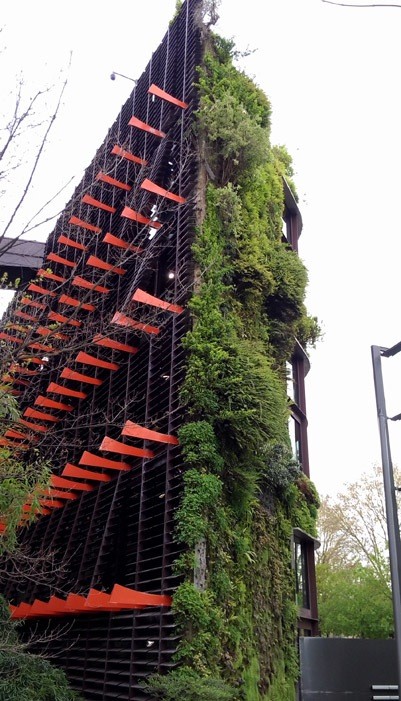
The green wall at the Musée du Quai Branly.
Back on the ground, though, among swaths of pale straw-colored and red prairie grass, one of my favorite plants, equisetum, or horsetail, can be found. These tall hollow spires are incredibly beautiful and will add vertical structure to any garden, though they need constant moisture. The plant has a long history of medicinal uses for mankind, so it also adheres to my conviction that a garden should not only be naturally beautiful, full and lush but also have an added usefulness; different varieties of magnolia are among the 169 different tree specimens, and they give a spectacular showy display of flowers at various times of the year. There is a garden café and an excellent rooftop restaurant—a very original way to see the iron lady in all her splendor!
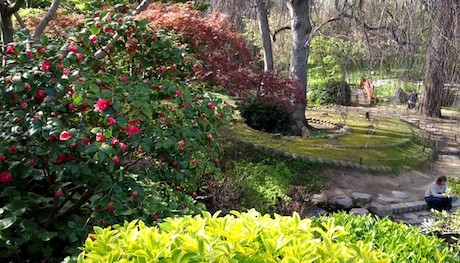
The Japanese garden at the Albert Kahn gardens.
While not a contemporary design, the Albert Kahn gardens are a little-known gem of four hectares further up the Seine, in Boulogne. Their creator, Albert Kahn, a banker and humanist, died ruined by the stock market crash in 1929. The gardens, painstakingly restored and maintained, are a demonstration of his sensitivity to cultural diversity, and they are profoundly original with, successively, the Japanese garden; formal French gardens; Vosges Mountains forest of blue Atlas cedars and Colorado spruces; and an English garden with fan-trained fruit trees that lead to a fine turn-of-the century winter garden, where in summer you can have tea while contemplating the unforgettable rose garden.
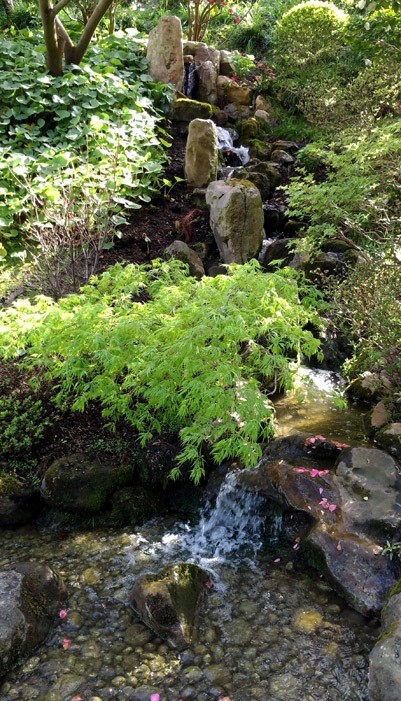
A cascade at the Albert Kahn gardens.
Overall the gardens perfectly illustrate all the different aspects of the art of gardening in the early 20th century, and today, although a public park, the site retains all the intimacy and beauty of private gardens lovingly cared for by a passionate owner.
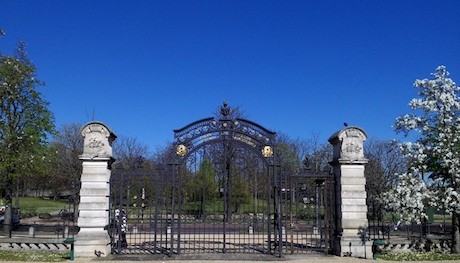
The main entrance of the Serres d’Auteuil gardens.
A visit to the gardens of the Serres d’Auteuil might be a last-chance outing, as the destruction of the major winter garden complex located at the southern edge of the Bois de Boulogne appears imminent in order to make way for the new Roland Garros tennis courts. Let’s really hope not, since the site has served as a botanical garden since 1761, and the magnificent winter gardens, today home to a priceless collection of exotic plants, were built under the direction of the landscape architect Jean-Camille Formigé in 1895 (also known for the Pont de Bir-Hakeim of Last Tango in Paris fame).
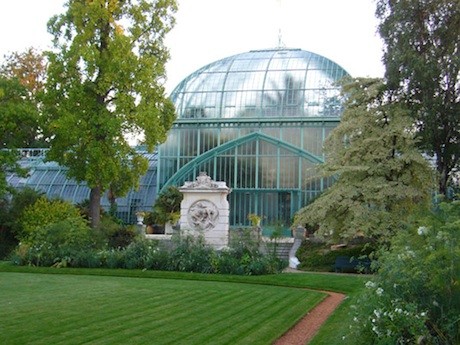
Photo by Lise Bloch-Morhange.
There are several entrances to these botanical gardens, but my preferred one is via the romantic Square des Poètes, which has bronze plaques with quotations from famous poets dotted ingeniously along the pathways. An English-style garden that imitates nature, it contrasts strongly with the formal French garden beyond.
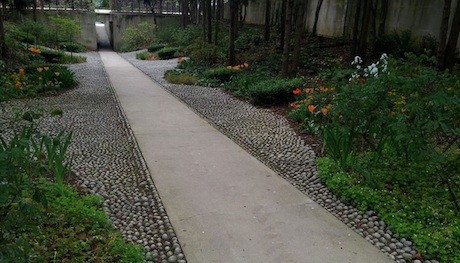
A garden at the André-Citroën Park.
The André-Citroën Park is a reclaimed car factory site to the west of Paris. It has a strong architectural framework, within which one discovers a garden full of innovative design that is immensely stirring. The park’s main focus is the view. From a raised podium, where two contemporary winter gardens flank an inclined plane, there is a vast lawn that sweeps toward the Seine. The theme of the park is undeniably water, and this is made immediately apparent by rising and falling columns of water spouting from jets concealed in the shallow slope. To the left is a canal, and to the right there are six Serial Gardens plus a Garden of Movement.
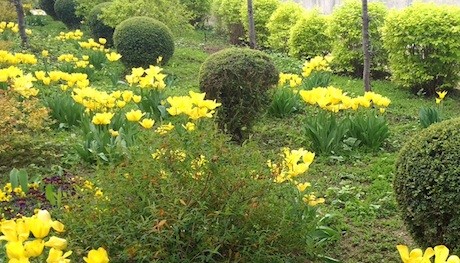
Spring flowers at the André-Citroën Park.
While the versatile structure and changes of levels ensure the garden’s success, inspired and innovative plantings catch the eye. France is not alone in experimenting with new ideas, but these gardens epitomize a new approach to garden design while being nourished by the country’s illustrious gardening history.
For more great ideas on where to go and what to do in Paris, get the GO-Card—everything you want to know about how to eat, live, play and stay in Paris for less!
Related Links
Musée du Quai Branly
Albert Kahn Gardens
Gardens of the Serres d’Auteuil
André-Citroën Park
Other innovative French gardens to glean along the Seine:
Le Parc de Bercy
Les Jardins des Grands-Moulins
Parc des Cormailles
Elaine Jarvis is an online garden designer and landscape project manager. Visit her at Jardin Jarvis.